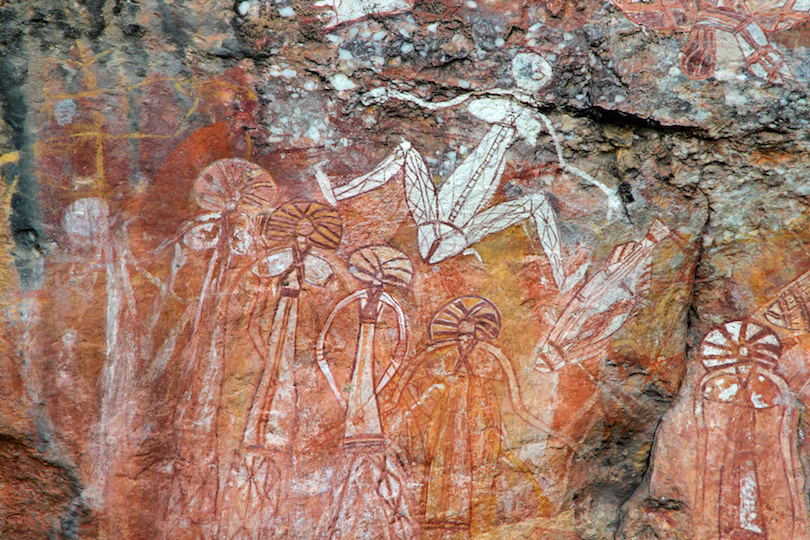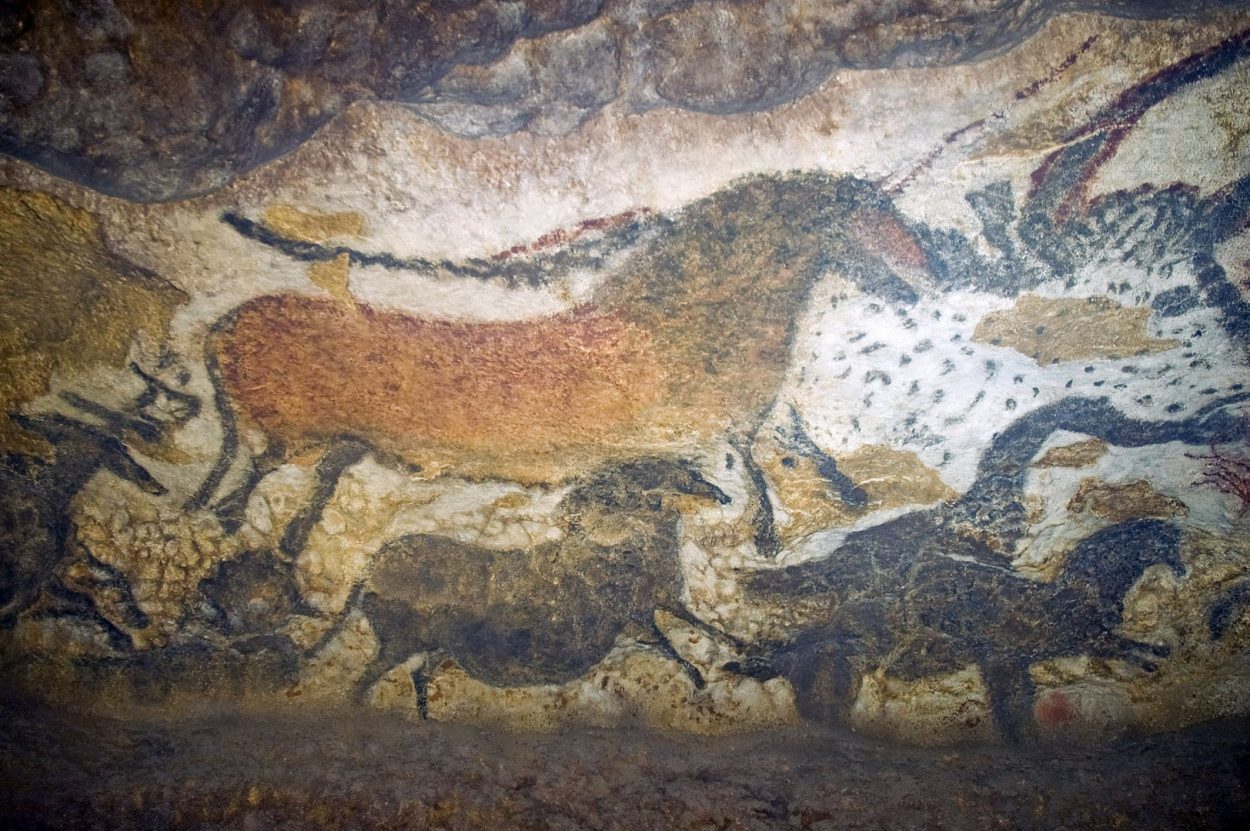Prehistoric cave paintings provide valuable insights into early human life and culture. These paintings were created by early humans who lived between 40,000 and 10,000 years ago and can be found in caves all around the world.

Here are some of the things that prehistoric cave paintings reveal about early human life:
Hunting and gathering: Many of the cave paintings depict animals that were hunted by early humans for food. These paintings show that hunting played a significant role in the lives of early humans.

Rituals and ceremonies: Some of the cave paintings depict scenes of people dancing, playing musical instruments, or engaging in other ritual activities. These paintings suggest that early humans had a rich spiritual life and engaged in rituals and ceremonies.

Artistic expression: The intricate and detailed nature of many cave paintings indicates that early humans had a sophisticated sense of artistic expression. These paintings were created using a variety of techniques, including finger painting, blowing pigment onto the walls, and using brushes made from animal hair.

Social organization: Some cave paintings show groups of people hunting together or engaged in other activities. These paintings suggest that early humans lived in social groups and had complex social structures.

Climate and environment: Some cave paintings depict animals that are now extinct, such as woolly mammoths and saber-toothed tigers. These paintings provide evidence of the climate and environment of the time and show how early humans adapted to changes in their environment.

Overall, prehistoric cave paintings provide a fascinating glimpse into the lives and culture of early humans. They reveal that these early humans had a rich spiritual life, engaged in complex social structures, and had a sophisticated sense of artistic expression.